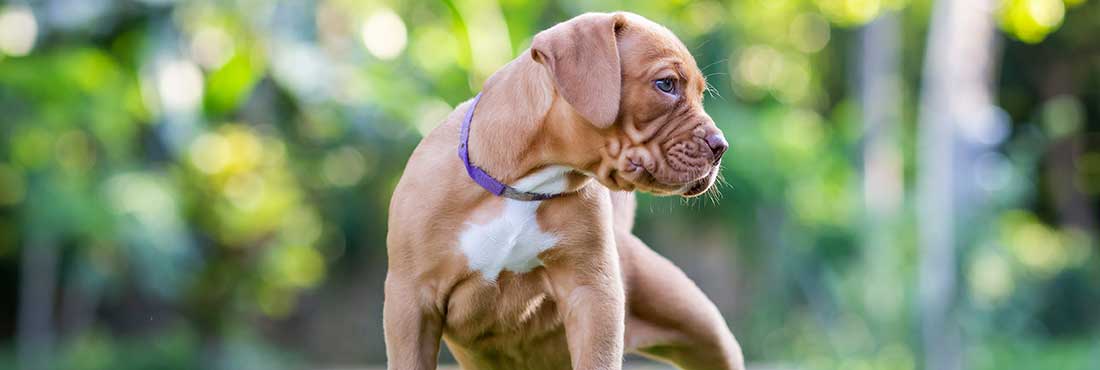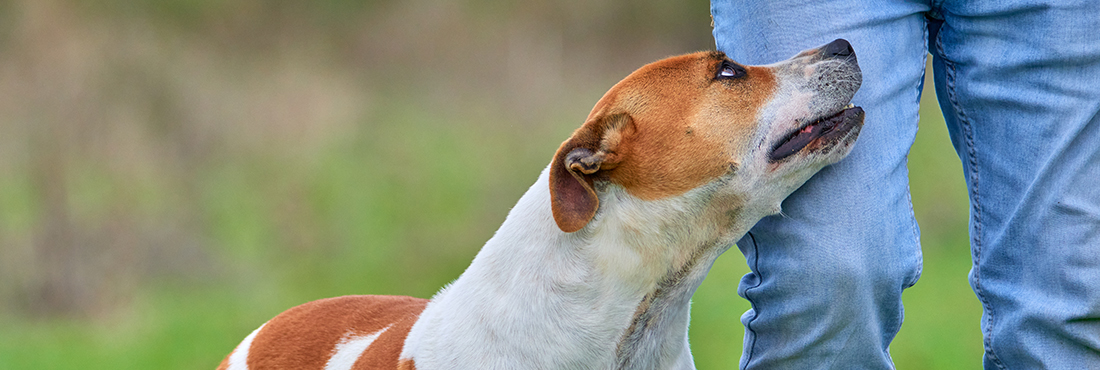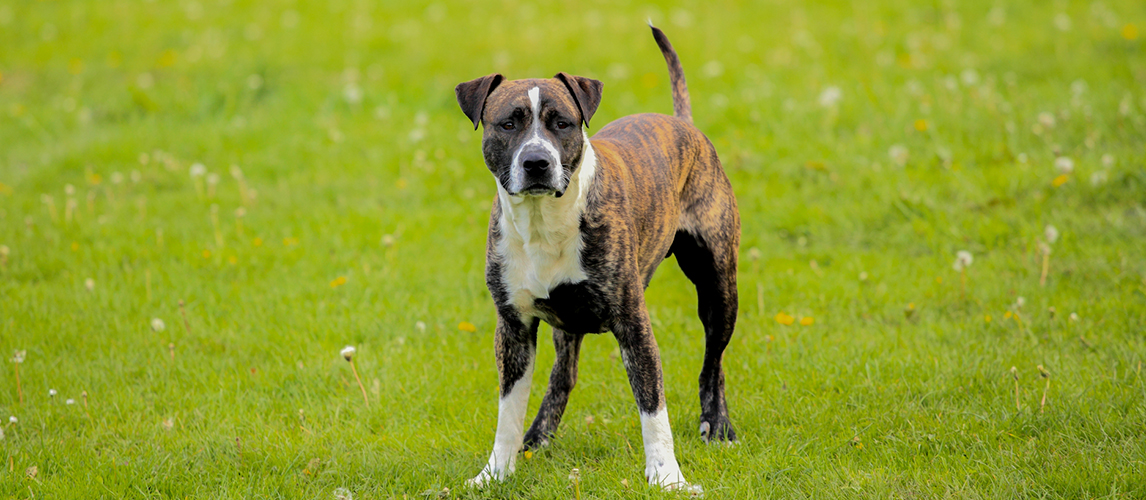Having allergies can leave you feeling run down so if you’re looking for a new canine companion you may be wondering if the Pitbull is considered a hypoallergenic dog. Believe it or not, it’s a common misconception that these dogs are well suited for allergy sufferers.
Generally, it is recommended that those who suffer badly from pet allergies steer clear of owning a Pitbull, or any canine for that matter. However, for others who simply want to know more about what causes allergies and what they can do to minimize the symptoms, we have a full guide ready and waiting. Read on to learn more.
What Does Hypoallergenic Mean?
Hypoallergenic implies that you will not suffer an allergic response when a foreign substance threatens your immune system. However, a dog that is considered to be hypoallergenic, is one that is least likely to cause an allergic reaction. These breeds tend to shed and drool very little so that you’re less likely to come into contact with the offending protein.
What Makes a Dog Hypoallergenic?
It is important to acknowledge that hypoallergenic dogs simply do not exist. As mentioned previously, a hypoallergenic dog breed is one that drools and sheds significantly less than others and will also not leave as much pet dander around the home. So it’s vital to understand that owning what is considered to be a hypoallergenic dog breed won’t mean that you will never suffer an allergic reaction again.
Are Pitbulls Hypoallergenic?
To be blunt, Pitbulls are not hypoallergenic dogs. Having said that, they are certainly not the worst dog a pet parent with allergies can own. For instance, Bernese Mountain dogs shed year-round and even worse during shedding seasons whereas a Pitbull tends to shed fur around twice a year.
How bad do Pitbulls shed?
Pitbulls are known to have a short, single coat and, with that, most people believe that they will rarely shed. This is true to some degree but Pitbulls can fall victim to allergies that can cause them to develop skin conditions. Additionally, you will start to find more dog hair around the house during certain times of the year known as shedding seasons.
Shedding seasons
Whereas Pitbulls shed little day-to-day, they do tend to shed significantly more during certain times of the year. They will shed fur towards the end of spring and develop a thicker coat as we enter winter. During these times, your Pitbull will have a lot of loose hair in their coat that they will swiftly leave around your home like confetti.
Pitbull allergies
Like a lot of other dog breeds, Pitbulls can develop allergies that will cause them to shed fur and dander more than usual. Since Pitbulls have a single coat, they don’t have much to protect them from irritants, and as a result, an invading allergy can cause them to scratch, gnaw, and bite at their skin. When this happens, their fur frequently becomes dislodged and they can even develop bald spots.
Note: It’s worth noting that each Pitbull breed can be similar in terms of their shedding and coat qualities. However, you must always do your research on specific Pitbull breeds before getting one when allergic reactions are concerned.
Other factors that can lead to excessive shedding:
- Medical conditions
- Stress/anxiety
- Hormone imbalances (American Pitbull Terriers are particularly prone to developing thyroid problems that will result in hair loss)
- Flea, mite, or parasite bites
- Poor diet
- A significant or drastic change in diet
What Makes a Pit Bull Terrier Bad for Allergies?
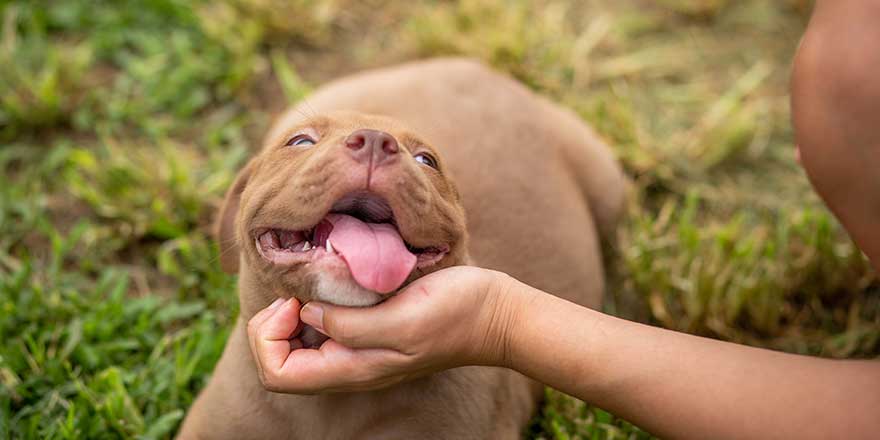
Essentially, what causes an allergic reaction is the protein present in a dog’s saliva and urine. When a dog grooms itself, the saliva deposits the protein across the skin and fur which is why people with allergies react badly. Moreover, if your dog is a heavy drooler the saliva can dry and stick to other surfaces.
Fur
As we all know, dogs will shed fur consistently and is a completely natural process. Pet hair is one of the biggest contributors to allergies as they retain the harmful protein responsible for attacking the immune system.
Fur will be tracked around your home year-round and will gather up in areas. This will inevitably exacerbate the problem unless measures are put into place to reduce the amount of fur around the house.
Dander
Pet dander is another common factor that can cause an allergic reaction in people. Not many people realize that dogs can also shed dander which can attach itself to surfaces all around the home.
Another troubling factor about dander is that it can often go undetected and even airborne over time.
What is dander?
For those who may be wondering, dander consists of dead skin cells shed, not only by dogs, but also by cats, rodents, and even birds. Since dander is so small and lightweight it can often suspend in midair for long periods of time and become easily stuck to surfaces and materials.
Urine
It’s not often that you will come into contact will your dog’s urine especially if they are trained to their business when and where they should. However, it’s worth being extra cautious if your dog has a bladder problem. In addition to this, you may find it difficult to avoid when potty training a puppy.
You may also like our article on Best Dog Food for Bladder Stones.
Tips to Minimize Pitbull Allergies
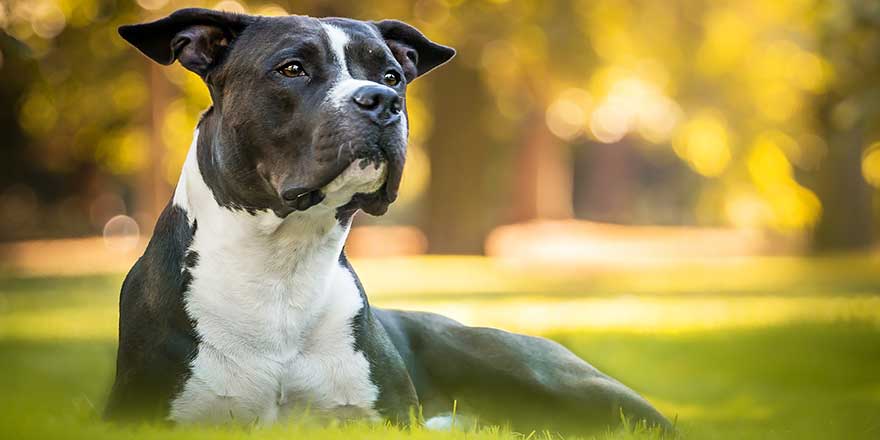
If you’re dead set on getting yourself a Pitbull, or maybe already have one, and want tips on how to reduce the amount of fur, dander, and other allergens in your home, we’ve listed a number of helpful tips below. Bear in mind, that these solutions will not completely eradicate the problem but can significantly reduce how much of the protein you’re exposed to.
Allergy medication
First, if you haven’t already considered it, talk to your doctor about allergy medication you can take when you have a Pitbull. Allergy medications can be found in your local store but it’s also important to contemplate other methods you can use to combat the allergy.
Note: Whereas medication will be a great solution to your allergy symptoms it will not eliminate the allergens swarming your home. Therefore, it’s crucial that regular grooming and cleaning take place.
Immunotherapy
This method isn’t commonly used but it is an option to take if you so wish. Essentially, immunotherapy involves taking allergy shots that will result in your immune system not responding to allergens so sensitively.
Air purifiers
Purifiers are a great way to combat airborne allergens as they will clean the atmosphere before you get the chance to breathe in the offending dander.
When you have an air purifier, it’s crucial to remember to replace your air filters more frequently as they will clog quicker as a result of owning a dog.
Practical Tips for the Home
Fending off a dog allergy can also be made simple by following the tips below to reduce the amount of dander and fur buildup at home.
Vacuum regularly
One way to relieve your home from the offending allergens is by vacuuming regularly. Using a good vacuum once a day will effectively remove any fur or dander that has settled into the material.
One step further: remove carpets
Replacing your carpets with hardwood floors or similar can massively reduce the amount of fur and dander buildup in your home. Cleaning these floors will also be a lot less hassle too and won’t allow allergens to become stubbornly embedded.
Clean accessories frequently
Make sure to clean their doggie toys and bedding regularly to prevent saliva and your dog’s fur from becoming deeply settled into the materials. Saliva especially can stick to fabrics which can seriously exacerbate dog allergies when you come into contact with them (not to mention they can also start to smell).
Moreover, make sure to clean anywhere your dog sleeps as these areas are bound to collect dander, fur, and the occasional drool patch. To add, even if your dog doesn’t tend to get up onto furniture, it’s worth cleaning and vacuuming these spots too as fur can stick to clothing which can then be transmitted to couches, chairs, etc.
Regular grooming
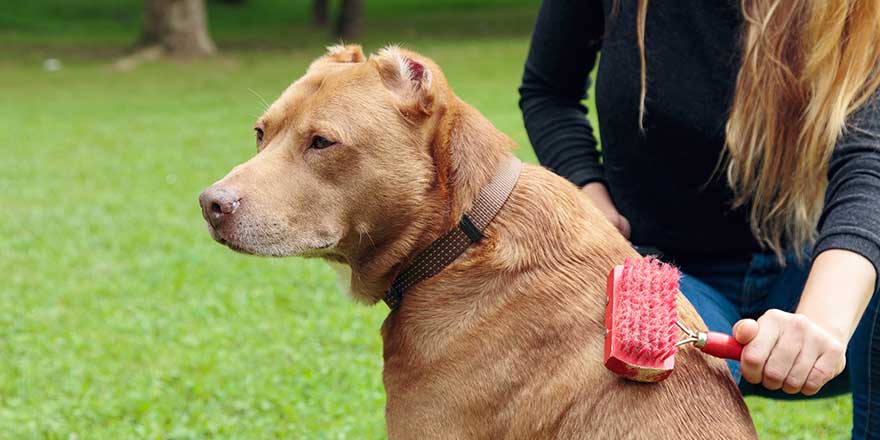
Although they can do a great job of looking after themselves, brushing and bathing your Pitbull Terrier more frequently is also important. Both of these methods will help to remove and dispose of loose, dead skin cells and fur before they can be scattered around the house.
Grooming a Pitbull is fairly simple. If you’re not likely to suffer badly when tending to your canine companion, there are plenty of tools and guides on the market to help you out. However, to save you the trouble, you can also book in with a local dog groomer to save you from potential allergic reactions.
Check out our round-up of the top-rated Pitbull shampoos.
Wash your hands
Personal hygiene is also recommended when you live with a dog allergy. After playing, grooming, cleaning toys, etc. take the time to wash your hands. If you fail to do so, you can potentially exhibit allergy symptoms and also unintentionally spread dander and fur.
Effective potty training
If you’re starting from scratch and getting yourself an adorable Pitbull puppy, you must make sure that you have an effective plan for potty training. Since urine also contains the protein responsible for pet allergies you will need to ensure that you are stocked up on potty training supplies and knowledge before diving in head first.
In addition to this, make sure to clean efficiently and frequently during the potty training period to prevent allergic reactions and the spread of allergens.
Avoid doggy kisses (no matter how difficult it may be)
Pitbull lovers will agree that these dog breeds are notoriously affectionate and will not be able to resist giving you kisses. Sadly, you may have to prevent your Pitbull Terrier from licking as this can exacerbate allergy symptoms. Although some may be able to tolerate a lick on the hand or arm, it’s imperative that you train your dog not to lick your face.
Create boundaries
As difficult as it may be, allergy sufferers sometimes find it practical to prevent their pet from entering specific areas of the home such as the bedroom. In addition, it may be beneficial to prevent them from laying and sleeping on furniture. This may seem harsh but by not allowing your dog access to these areas you can save yourself from having a reaction and from cleaning as frequently.
Consider their diet
Your dog’s diet is key no matter what breed you have so feeding them high-quality Pitbull dog foods is crucial. When it comes to Pit bulls make sure you are feeding them the best diet possible to ensure that they are healthy inside and out. Not only will it boost their immune system, fending off potential health conditions and allergies, but it will also mean that they will shed less.
For a wider selection of choices, check out our Best Dog Food for Allergies guide.
Popular Hypoallergenic Dog Breeds
Although no dog is completely hypoallergenic, there are certain breeds that are less likely to trigger a response. These breeds are listed below and may even surprise you:
- American Hairless Terrier
- Bichon Frise
- Chinese Crested
- Poodles
- Italian Greyhound
- Afghan Hound
- Schnauzer
- Scottish Terrier
In Conclusion – Are Pitbulls Hypoallergenic?
Despite not being double-coated dogs, there is no such thing as Hypoallergenic Pitbulls. These breeds are commonly mistaken as hypoallergenic dogs due to their short, single coat. In fact, since they are prone to conditions that cause excess shedding and shed will heavily throughout particular seasons they are not recommended for potential pet owners.
Frequently Asked Questions
Sadly, no. Pitbulls are not hypoallergenic dogs as they are known to shed significantly twice a year. Moreover, they are more likely to develop conditions such as food allergies and skin problems that can result in excessive shedding if they are not taken care of efficiently.
No. American Pitbulls will still emitt the same Pitbull allergens that can cause allergy symptoms to occur.
No. A Blue Nose Pitbull is also not considered a hypoallergenic breed and will still shed fur and dander similar to other Pitbull types.
Unfortunately Red Nose Pitbulls are not hypoallergenic dogs despite their low shedding qualities.

